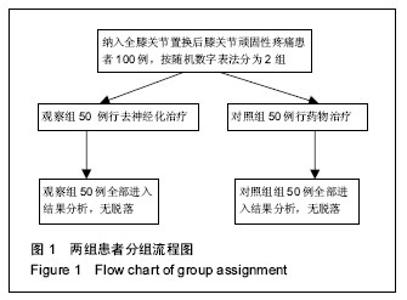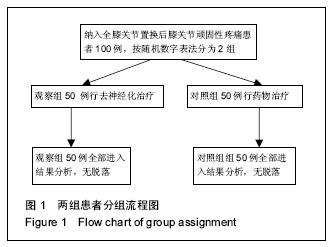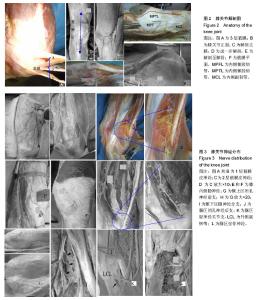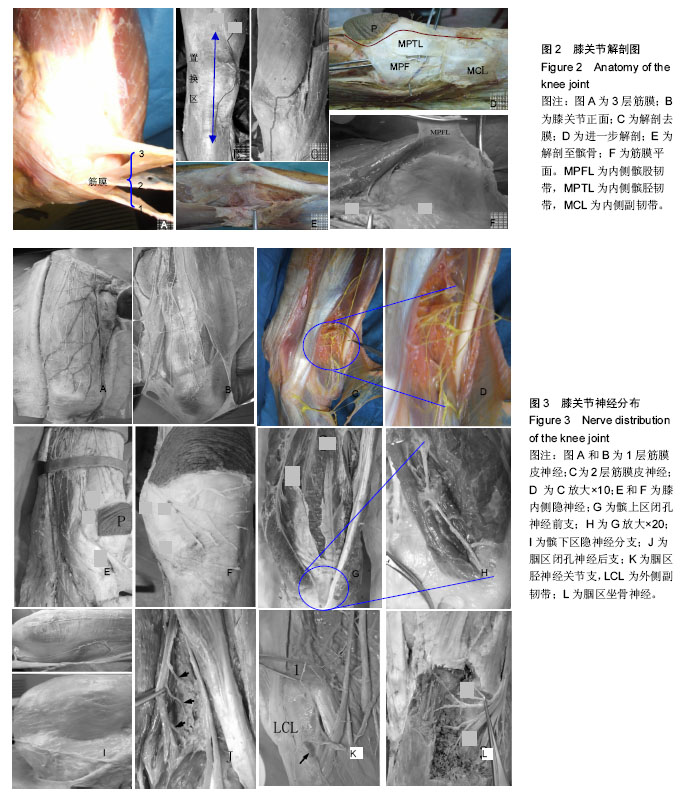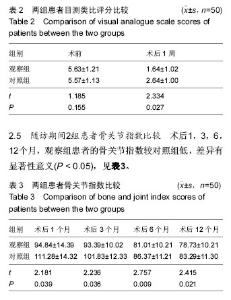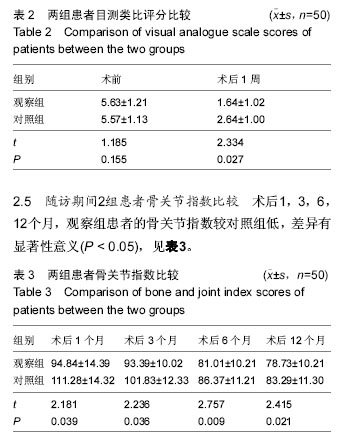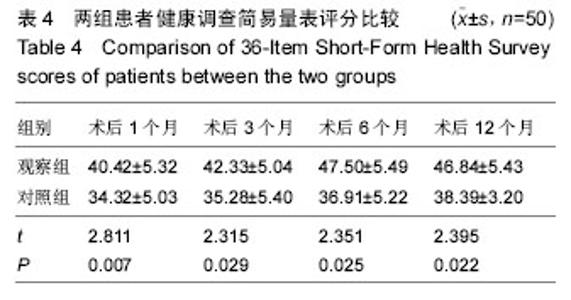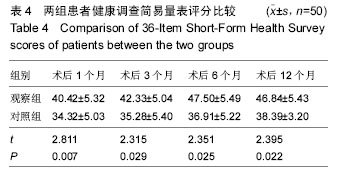| [1] 第五维,王龙星,毕龙,等.膝关节周围皮神经与关节置换术后疼痛关系的解剖研究[J].中国骨与关节杂志, 2014, 3(5): 390-393.
[2] Bonnin MP, Basiglini L,Archbold HA. What are the factors of residual pain after uncomplicated TKA? Knee Surg Sports Traumatol Arthrosc. 2011;19(9): 1411-1417.
[3] 赵建罡,高志国,马立学, 等. 膝关节镜下关节清理联合髌骨周围去神经化术治疗髌股关节炎膝前痛[J]. 中华创伤骨科杂志, 2015, 17(2): 180-182.
[4] 袁义,吴立东,章海均,等.射频热凝术治疗中老年人膝骨性关节炎顽固性疼痛的疗效观察[J]. 中华老年医学杂志, 2012, 31(12): 1097-1099.
[5] Scott C, Howie CR, MacDonald D, et al. Predicting dissatisfaction following total knee replacement:a prospective study of 1217 patients. J Bone Joint Surg Br. 2010; 92(9): 1253-1258.
[6] 徐卫星,王健,丁伟国,等.去神经化治疗腰椎关节突关节源性腰痛的有效性与安伞性研究[J]. 中国骨伤, 2012, 25(10): 813-816.
[7] 李洪仕,万征.经导管肾交感神经去神经化的临床应用现况与前景[J].中国循证心血管医学杂志, 2015, 7(1): 6-12.
[8] Schlaich MP,Straznicky N,Grima M,et al. Renal denervation: a potential new treatment modality for polycystic ovary syndrome? J Hypertens. 2011;29(5): 991-996.
[9] 顾复生,胡大一,李虹伟,等. 从SYMPLICITY HTN-3结果反思经皮导管射频消融去肾交感神经术[J]. 中华心血管病杂志,2014,42(7):541-542.
[10] Pathak A,Ewen S,Fajadet J,et al. From SYMPLICITY HTN-3 to the Renal Denervation Global Registry: where do we stand and where should we go? EuroIntervention. 2014;10(1): 21-23.
[11] 李亮,张兆琦,门宏亮, 等.关节镜下清理加去神经化治疗重度膝骨关节病的疗效[J].中国老年学杂志, 2015, 35(15):4300-4301.
[12] 顾海峰, 毕擎, 孟可馨,等.关节镜下360度去神经化治疗膝关节骨关节炎85例[J].中华创伤杂志, 2014, 30(6): 555-559.
[13] Ziakas A,Gossios T,Doumas M,et al. The pathophysiological basis of renal nerve ablation for the treatment of hypertension. Curr Vasc Pharmacol. 2014; 12(1):23-9.
[14] 安小春,柴勇,韩胜皓,等.半腱肌、半膜肌运动点和肌内神经末梢分布区域的解剖学[J]. 解剖学杂志, 2009, 32(2): 257-258.
[15] James PA,Oparil S,Carter BL,et al. 2014 evidence-based guideline for the management of high blood pressure in adults: report from the panel members appointed to the Eighth Joint National Committee (JNC 8). JAMA. 2014;311(5):507-520.
[16] 高耀祖,陈崇伟,卫小春.初次全膝关节置换术后膝前痛预防的研究进展[J].中国骨伤, 2014, 27(4): 351-354.
[17] 赵建宁,包倪荣.人工关节置换术后并发症的防治与功能锻炼[J].中国骨伤, 2011, 24(6):445-447.
[18] 鲍亮,胡继红,金群华.人工全膝关节置换术中髌骨置换与否疗效的比较分析[J].中华外科杂志, 2012, 50(2): 171-175.
[19] 高大伟,唐剑邦,何君源.髌骨置换对骨性膝关节炎全膝关节置换术后膝前痛影响的临床研究[J].新中医, 2013 , 45(3):65-67.
[20] Pilling RW, Moulder E, Allgar V, et al. Patellar resurfacing in primary total knee replacement : a meta analysis. J Bone Joint Surg Am. 2012;94(24): 2270-2278. |
